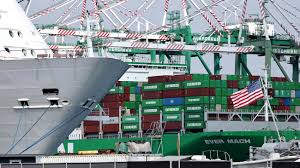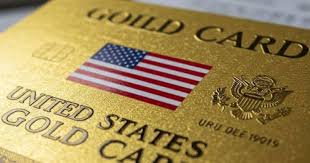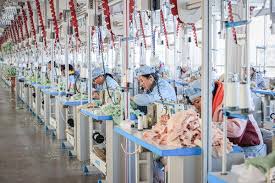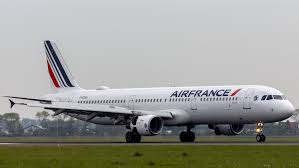Following a period of relative peace, U.S. President Donald Trump on Thursday announced sweeping new import tariffs, including 25% levies on heavy-duty vehicles and 100% penalties on patented medications, which will take effect next week.
This move has caused new trade uncertainties.
Trump’s new attack, which he claimed was necessary to save the country’s industrial sector and national security, comes after he imposed broad tariffs of up to 50% on trading partners and other targeted taxes on imported goods like steel and automobiles.
A relative respite in Trump’s tariff onslaught on international trading partners was broken when he announced on Truth Social the substantial tariffs that take effect on Wednesday.
Businesses already facing supply chain disruptions, skyrocketing costs and consumer anxiety now face further challenges.
His new taxes increased prices for a key consumer group by imposing a 30% levy on upholstered furniture and a 50% tariff on imported bathroom vanities and kitchen cabinets.
While the Federal Reserve has stated that it is also contributing to rising U.S. consumer prices, the barrage has clouded global development.
Concerns about Trade Deal Caps
Throughout the summer, Trump’s administration pushed forward with trade agreements to lower tariffs for a number of important allies, such as South Korea, Japan, and the European Union.
On Friday, there were concerns about whether these would shield nations from the increased sectoral duties.
According to a White House official, the administration will respect 15% tariff ceilings on imported medications that are still covered by patents for nations with trade agreements that call for such decreases.
Agreements with the EU and Japan outline safeguards and provide new markets for pharmaceuticals, semiconductors, and automobiles; however, no paperwork for a trade agreement with South Korea has been released, thus its vehicles are still subject to a 27.5% overall U.S. tax.
No specific trade agreement clauses capped tariffs on furniture or heavy vehicles for any trading partners.
In May, Britain and Trump negotiated their first trade agreement, which called for a 10% base tariff rate but left out pharmaceutical levies.
The whole 100% charge would apply to British-branded medications.

















